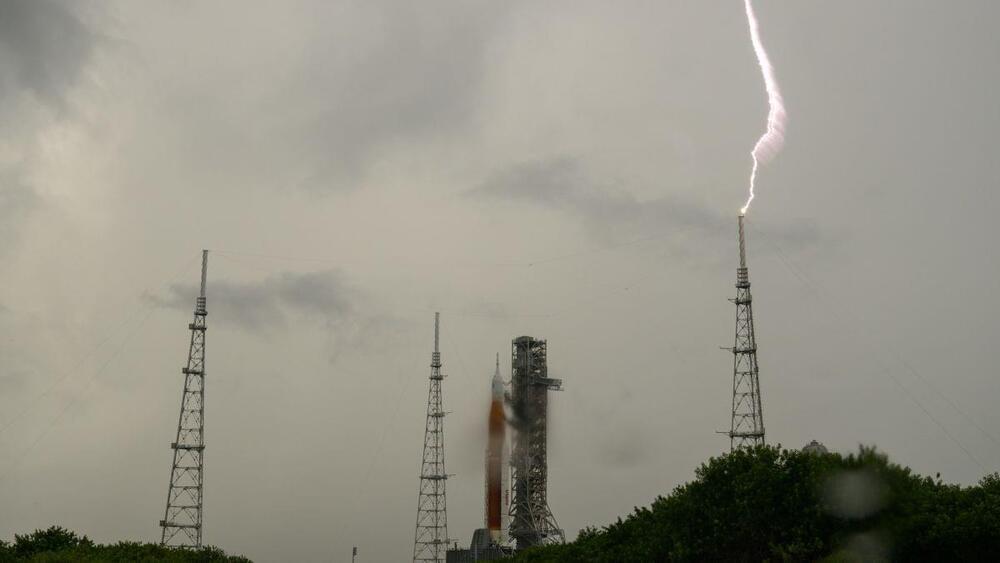Based on the live fire Map from nasa south America has too many fires to count probably estimating in the millions of acres burned circa 2022.
The Amazon rainforest is shrinking. The fires in the Amazon are growing.
Just six weeks before the crucial 2022 Brazilian presidential election, a historic day of Amazon burning was detected by satellite monitoring. On 22 August, 3,358 fires were detected in the Brazilian Amazon, according to the Brazilian space agency, INPE. This was the highest number of fires recorded for any 24-hour period since 2007.
That alarming day of fire was no anomaly, but simply another day in a tragic trend of destruction in the Amazon rainforest since Jair Bolsonaro became president of Brazil in 2019. Just in the month of August 2022, there were 33,116 illegal fire hotspots registered in the Amazon, the highest level in 12 years.








